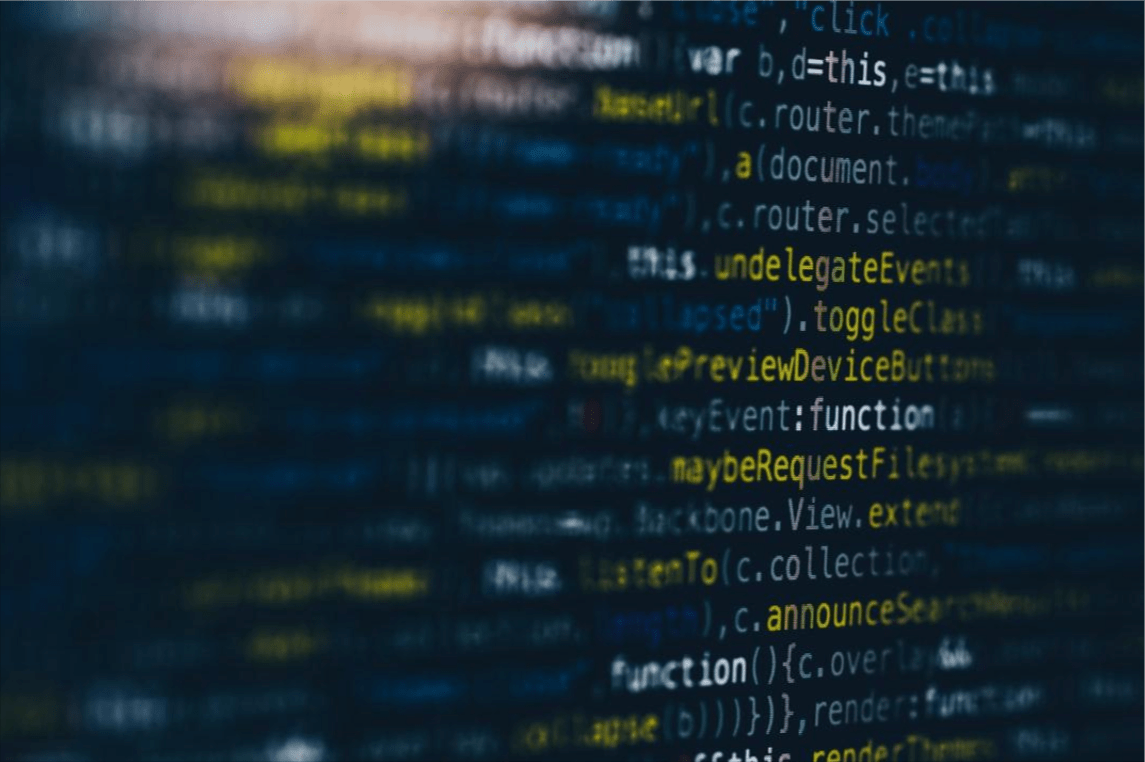
Data doesn’t hold much importance to most people in the United States until their smartphone or mobile device is broken or stolen. Only 80 percent of people in the United States have backed up their devices, leaving the door open for losing photos, messages, emails, and more.
Taking steps to backup data is vital to protect information critical to your life, education, and career. No one wants to hoard data like discount items in a grandparent’s basement or attic. Still, learning from a data hoarding guide is vital to protect your information when needed.
Fortunately, you’ve come to the right place to learn more about data archive solutions. Continue reading to explore this data hoarding guide today!
What Is Data Hoarding?
Data hoarding is similar to traditional hoarding with material objects. Collecting data from throughout your life becomes a compulsive behavior. While hoarding material goods will clutter your home, data will clutter your mobile and laptop devices.
Many people who practice data hoarding refrain from deleting data and documents from their devices. There’s a difference between hoarding and collecting. It’s an overlooked factor that will hamper your quality of life.
Is Data Hoarding Illegal?
The legality of data hoarding depends on a few factors. The two most critical factors to monitor are the copyright status and where you’re storing the data. The average copyright lasts the creator’s lifespan plus an additional 70 years.
Most of the content you’ll find on the internet has an owner. Hoarding content from another owner on a hard drive or cloud server is breaking the law. A cloud provider can discontinue your cloud storage without notice if you use it to store illegal data.
Tips for Managing Data Hoarding
There are several ways you can prevent data hoarding with your devices. One of the most effective is finding five minutes each day to delete or convert documents to compress their size. Try using c# ocr image to text to compress your photos and store them where they’ll remain safe.
Use these new habits when waiting in line to pick up your takeout coffee order or sitting in bumper-to-bumper traffic during your commute. It makes a small but noticeable difference to eliminate clutter.
You can also find and remove files you last accessed or opened a year ago. Not every file on your device has value. It makes sense to backup media sometimes, but it’s best to delete useless data.
If you’re set on holding onto your data, consider digitizing documents. They’ll remain safe and accessible while taking up less space.
Use This Data Hoarding Guide for Your Needs Today
Data hoarding is a significant problem for smartphone and laptop owners, and this data hoarding guide is the best way to minimize the issue and protect your essential data. It’s comparable to hoarding of material goods, but you can use document conversion to use less space. Start a routine of deleting or converting data daily to clean up your devices.
Technology is improving processes and displaying immense potential for individual and business uses. Explore our Business and Tech content to find helpful guides and articles to leverage technology in your life!



